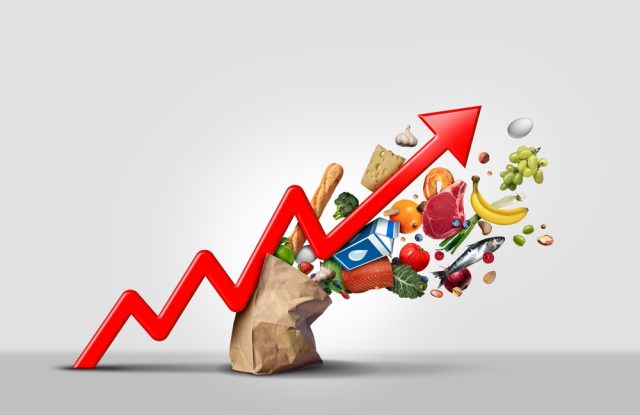
The challenges in the food sector also raise questions about Ireland’s broader economic model. Heavy reliance on global imports for staples, combined with environmental regulations that increase domestic production costs, has created a situation where Irish consumers are exposed to both international volatility and domestic rigidity. Economists argue that while the EU’s Green Deal and Farm-to-Fork strategies aim at long-term sustainability, they impose short-term burdens that make basic goods less affordable. For many households, these measures feel detached from immediate realities.
Another emerging issue is the rural-urban divide in access and affordability. In rural communities, where households are often closer to production, food prices can paradoxically be higher due to transport and distribution mark-ups. Meanwhile, urban consumers face greater competition for limited supply and higher retail overheads, which are also passed on. This uneven impact risks deepening social and regional inequalities, particularly in counties already experiencing demographic decline.
The political implications are significant. Rising food costs feed into broader dissatisfaction with government management of inflation, housing, and wages. Public frustration is evident in polling, where cost-of-living pressures consistently rank as the electorate’s top concern. Without decisive structural reform, the crisis risks hardening into a long-term political fault line.



 Subscribe
Subscribe